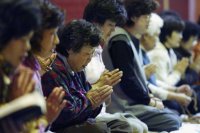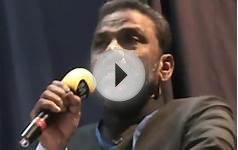
In South Korea and Finland, it’s not about finding the “right” school.
Fifty years ago, both South Korea and Finland had terrible education systems. Finland was at risk of becoming the economic stepchild of Europe. South Korea was ravaged by civil war. Yet over the past half century, both South Korea and Finland have turned their schools around — and now both countries are hailed internationally for their extremely high educational outcomes. What can other countries learn from these two successful, but diametrically opposed, educational models? Here’s an overview of what South Korea and Finland are doing right.
 The Korean model: Grit and hard, hard, hard work.
The Korean model: Grit and hard, hard, hard work.
For millennia, in some parts of Asia, the only way to climb the socioeconomic ladder and find secure work was to take an examination — in which the proctor was a proxy for the emperor, says Marc Tucker, president and CEO of the National Center on Education and the Economy. Those examinations required a thorough command of knowledge, and taking them was a grueling rite of passage. Today, many in the Confucian countries still respect the kind of educational achievement that is promoted by an exam culture.
The Koreans have achieved a remarkable feat: the country is 100 percent literate. But success comes with a price.
Among these countries, South Korea stands apart as the most extreme, and arguably, most successful. The Koreans have achieved a remarkable feat: the country is 100 percent literate, and at the forefront of international comparative tests of achievement, including tests of critical thinking and analysis. But this success comes with a price: Students are under enormous, unrelenting pressure to perform. Talent is not a consideration — because the culture believes in hard work and diligence above all, there is no excuse for failure. Children study year-round, both in-school and with tutors. If you study hard enough, you can be smart enough.







